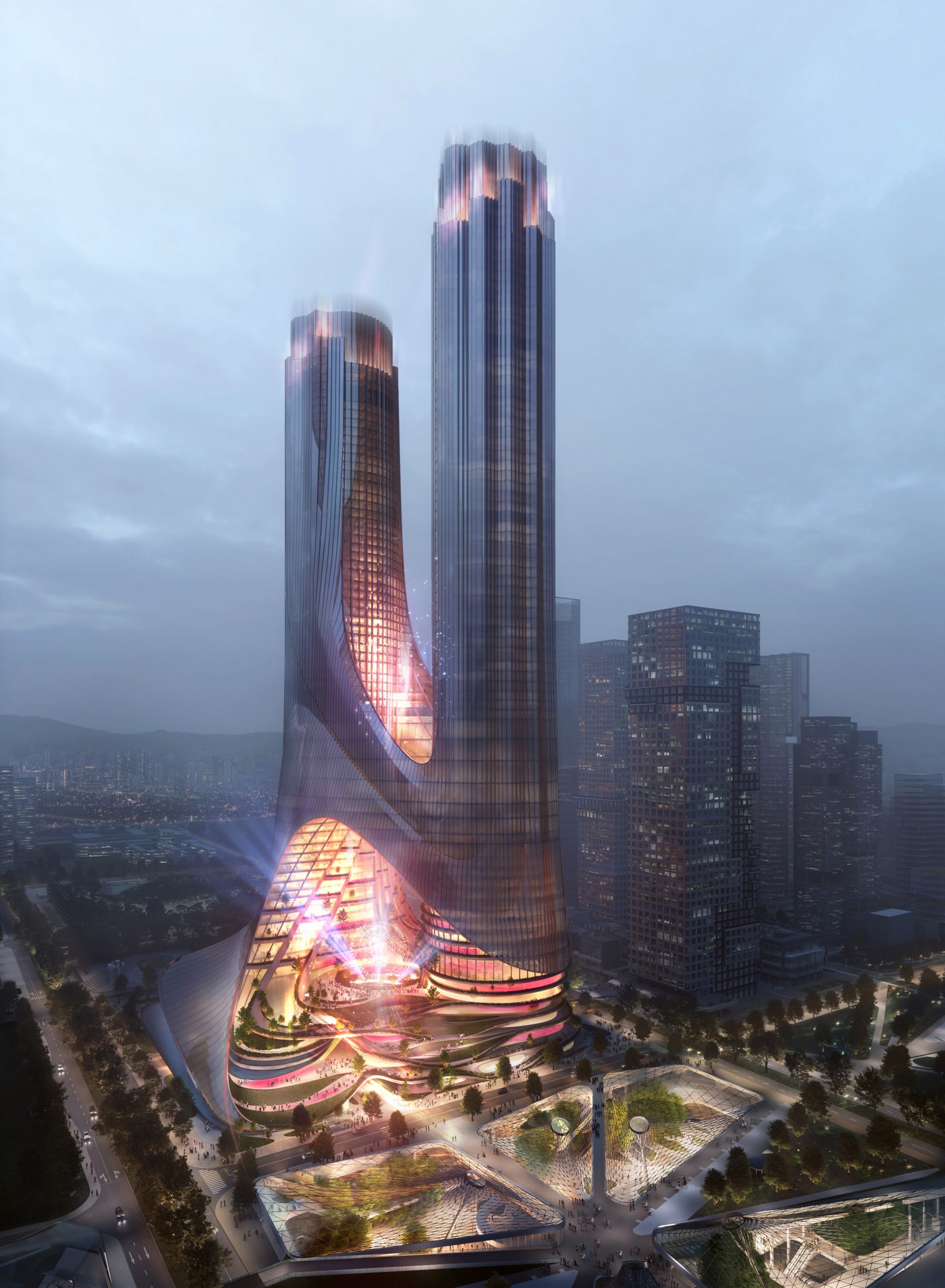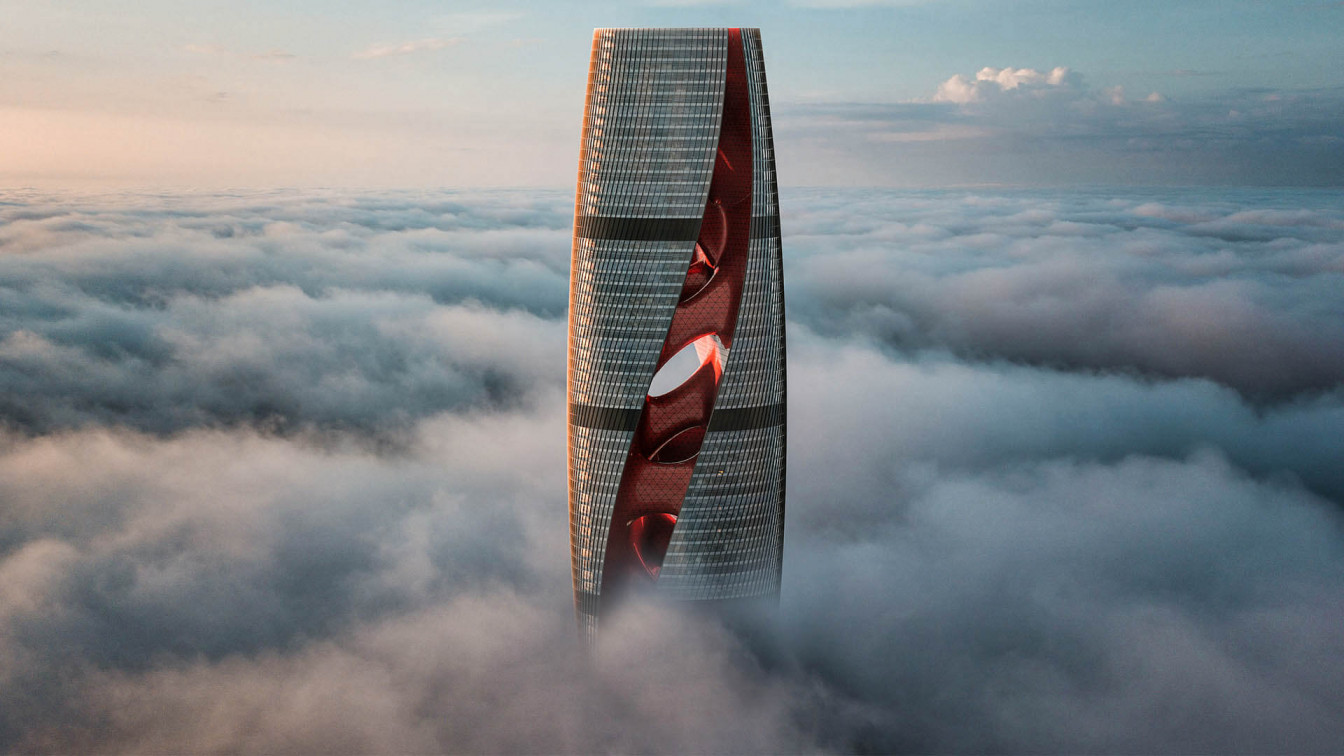When people think of American cities, the first things that come to mind is skyscraper architecture in New York and Chicago. These cities are symbols of ambition, creativity, and human imagination. But U.S. buildings didn’t always have skyscrapers. They came about because of a need, caused by population increase, limited land, and the never-ending desire to reach higher.
The history of skyscraper design in the U.S. encompasses more than just a list of taller and taller structures. It’s a story about advances in technology, cultural statements, and taking care of the environment. From the initial steel frames built in the late 1800s to the glass towers that shine today, each stage shows how America sees development.
The Birth of the Skyscraper: Chicago Leads the Way
The Home Insurance Building, designed by William Le Baron Jenney, was finished in Chicago in 1885. This marked the start of the skyscraper era. It was only 10 floors tall, which isn’t very tall by today’s standards, but it changed the way buildings were built. Jenney came up with a steel-frame skeleton that could hold up the weight of the structure instead of relying on hefty brick walls.
This new idea lowered expenses, sped up building, and made it possible to reach heights that had never been seen before. Chicago quickly became a place where people tried out new ideas. The Chicago School of Architecture built buildings with clean lines, big windows, and useful designs. This set the stage for the skyscraper to become both a technical and artistic form.

Credit: Column: The same people who demoted Willis Tower could strip Chicago of another skyscraper title – Chicago Tribune
Early Icons of Identity: New York Joins the Race
Chicago built the first skyscrapers, but New York City made them symbols of status. By the start of the 20th century, Manhattan was trying to get the highest buildings in the world.
The Flatiron Building, which was built in 1902 and has a unique triangular design, became a cultural landmark. The Woolworth Building (1913), which was called the “Cathedral of Commerce,” had Gothic decorations on a frame that was 792 feet long. These early skyscrapers weren’t just places to work; they were also signs of riches, ambition, and pride in the city.
New York’s crowded city made building up necessary, but its architects also knew how important branding was. It wasn’t simply useful to own or work in a skyscraper; it was also glamorous.

Image source: newyorkspaces.com
The Golden Age of Art Deco (1920s–1930s)
Design changed a lot in the 1920s and 1930s. Art Deco was a style that glorified modernism with bold shapes, stylised decorations, and a clear feeling of grandeur.
The Chrysler Building (1930) was an excellent example of this time period. It was both a corporate ad and a work of art, with its shiny stainless-steel crown and ornamental hubcaps. For a short time, it was the highest skyscraper in the world, but the Empire State skyscraper (1931) took that distinction.
These Art Deco towers show how hopeful and competitive America was between the World Wars. It wasn’t only about how tall they were; it was also about style, identity, and how they shaped the cultural imagination of a contemporary nation.

New York, New York. Many of the earliest skyscrapers have defined Manhattan’s famous skyline, pictured here in the 1920s, for more than a century. (New York Historical Society/Getty Images
Modernism and the Age of Engineering (Post-War Era)
The design of skyscrapers changed again after World War II. Art Deco’s intricate details were replaced by modernism, which is sleek, simple, and focused on how things work.
Architects like Ludwig Mies van der Rohe had an impact on U.S. skylines during this time, which was when glass and steel curtain walls were popular. The Seagram Building in New York (1958) and other buildings like it stressed simplicity, consistency, and a sense of corporate identity.
But the true progress came from engineers like Fazlur Rahman Khan, who changed the way skyscrapers are built. His framed-tube and bundled-tube systems made it possible for skyscrapers to go taller, stand up to wind pressures, and make the most of their internal space. The John Hancock Centre (1969) and the Willis Tower (1973) in Chicago were two of the highest buildings in the world at the time.
During this time, it was less about decoration and more about pushing engineering to its limits. The skyscraper was no longer merely a building; it was a triumph of engineering.

Credit: Aedas Won the Shenzhen Genzon Technology|Futuristic (amazingarchitecture.com)
The Rise of Super-Talls and Global Influence (Late 20th Century
By the end of the 20th century, the U.S. was teaching people all over the world how to build skyscrapers. As Asia and the Middle East started building their own buildings, American cities kept growing taller and more advanced.
In the U.S., skyscrapers started to have more than one use, combining living, working, shopping, and entertainment rooms. One World Trade Centre (2014) was a project that blended memorial meaning, state-of-the-art security, and eco-friendly technology. It stood for both strength and new ideas.

Credit: Zaha Hadid Architects unveils supertall Tower C skyscraper for Shenzhen (dezeen.com)
21st Century Trends: Slim, Smart, and Sustainable
Three main things are changing the way skyscrapers are designed in the U.S. today: sustainability, slenderness, and technology.
- Sustainability: Towers like One Bryant Park use LEED Platinum standards, green roofs, and technologies that recycle energy. Sustainability is no longer a choice; it is necessary.
- Slender Skyscrapers: New materials have made it possible to build very thin structures like 432 Park Avenue in New York. These towers are beautiful but also quite complicated.
- Smart Design: Today’s skyscrapers are smart ecosystems that change to meet the demands of their occupants. They have IoT systems, AI-driven climate control, and energy-efficient glass façades.
Instead of just trying to be the tallest, modern skyscrapers are changing what it means to be livable, efficient, and good for the environment.

Credit: 30 St Mary Axe – Wikipedia
More Than Buildings: skyscraper Architecture as Cultural Symbols
It’s not just their size that makes skyscrapers so powerful; it’s also what they stand for. Movies and TV made the Empire State Building famous all over the world. The Twin Towers were both a symbol of ambition and a tragedy. Hudson Yards now is an example of how cities can change.
Each generation of skyscrapers shows us what Americans cared about at the time, whether it was making advances in industry, being creative, being in charge of business, or being responsible for the environment.

Freedom tower New York City Image source: newyorkspaces.com
Final Thoughts
The history, technology, and culture that have shaped the design of skyscrapers in the U.S. is a long one. Skyscrapers have always shaped American skylines and inspired architects around the world, from the steel skeleton of the Home Insurance Building to the eco-friendly structures of today.
As cities get increasingly crowded and climatic problems get worse, the skyscrapers of the future will probably be even more environmentally friendly, focused on the community, and connected to technology. One thing is for sure: the narrative of skyscrapers is far from over; it’s still going up.
For more content like this CLICK HERE
Reference
The Evolution of Skyscraper Architecture: en.rattibha.com – Search
The Evolution of Skyscraper Architecture | illustrarch





